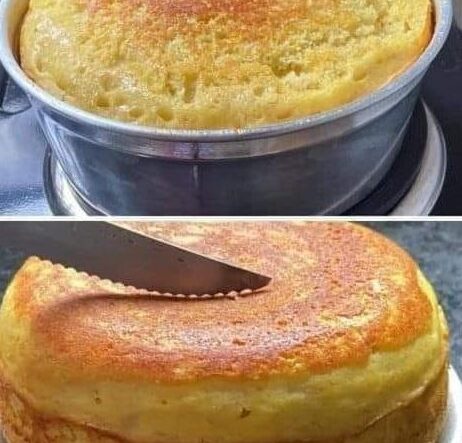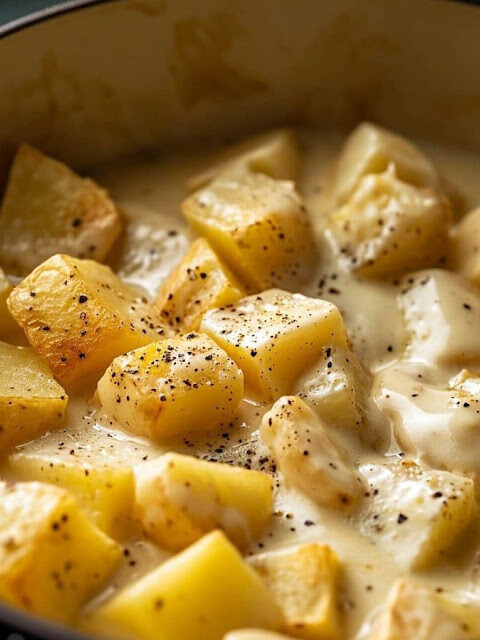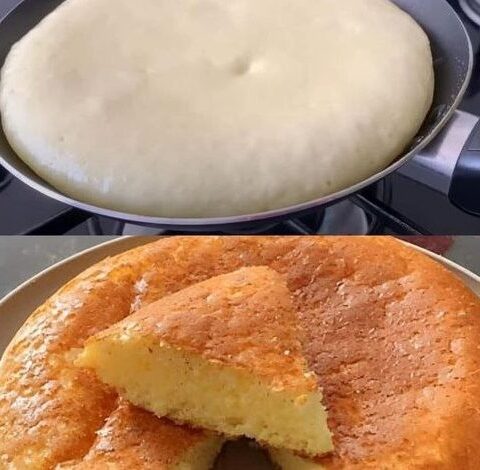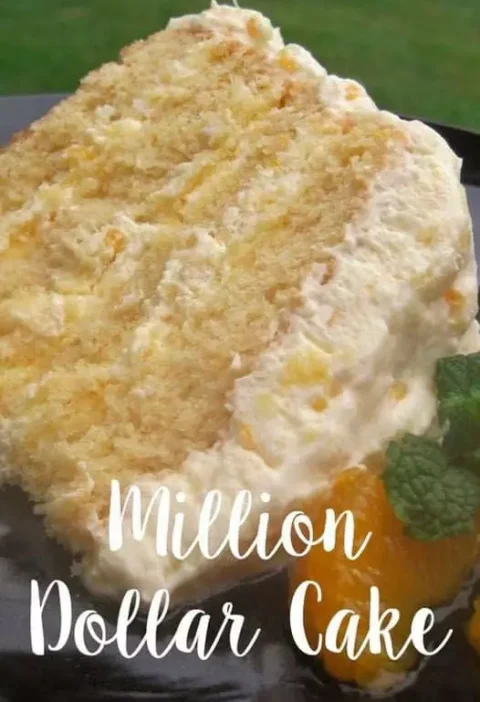Introduction
There’s something truly special about a well-made sponge cake.
With its light, airy texture and golden crust, a sponge cake is the epitome of classic baking.
Whether enjoyed on its own, layered with fresh cream and fruits, or used as the base for a more elaborate dessert, sponge cake has a versatility and simplicity that makes it a favorite among bakers and dessert lovers alike.
Sponge cake, also known as génoise in French cuisine, is one of the most basic cakes in the world of baking, yet it requires a certain level of skill and technique to get it just right.
ADVERTISEMENT
The magic of a sponge cake lies in its ability to rise beautifully without the use of any leavening agents like baking powder or baking soda.
Instead, it relies on the air incorporated into the batter through the careful beating of eggs and sugar. The result is a cake that is tender, moist, and full of tiny, delicate air pockets that give it its characteristic “sponge-like” texture.
In this article, we’ll explore the history of sponge cake, guide you through a step-by-step recipe, and offer tips and variations to help you create the perfect sponge cake every time.
Whether you’re a novice baker or an experienced one, mastering the art of sponge cake will elevate your baking skills and provide you with a go-to recipe for countless desserts.
The History and Appeal of Sponge Cake
ADVERTISEMENT
Sponge cake has a long and rich history, with roots tracing back to the Renaissance period in Europe.
It is believed that the first sponge cakes were made in Italy, where they were known as “pan di Spagna,” or “Spanish bread.”
These early versions of sponge cake were likely brought to Spain by the Moors and eventually made their way to England and France.
In England, sponge cake became a popular dessert during the Victorian era, often served as a part of afternoon tea.
The simplicity of the ingredients—eggs, sugar, flour, and sometimes a bit of butter—made it an accessible cake for home bakers.
ADVERTISEMENT
Over time, the recipe evolved, with variations like the Victoria sponge (named after Queen Victoria) becoming iconic British desserts.
Today, sponge cake is enjoyed worldwide in various forms, from the delicate Japanese castella cake to the rich, layered Italian tiramisu.
Its versatility and lightness make it a perfect canvas for all kinds of flavors, fillings, and toppings, making it a staple in many dessert repertoires.
Ingredients and Preparation
To make a classic sponge cake, you’ll need the following ingredients:
ADVERTISEMENT
Eggs: The main leavening agent in sponge cake, eggs provide structure and lift to the cake. They should be at room temperature for the best results.
Sugar: Granulated sugar is used to sweeten the cake and help create a stable foam when beaten with the eggs.
Flour: All-purpose flour or cake flour can be used, depending on the desired texture. Cake flour will produce a lighter, more delicate crumb.
Butter (optional): Melted butter adds richness to the cake but can be omitted for a lighter version.
Vanilla Extract: Adds flavor to the cake. You can also experiment with other extracts, like almond or lemon.
Salt: A pinch of salt enhances the overall flavor of the cake.
Step-by-Step Recipe for Classic Sponge Cake
Preheat the Oven: Start by preheating your oven to 350°F (175°C). Grease and line the bottom of an 8-inch round cake pan with parchment paper.
Prepare the Batter: In a large mixing bowl, beat the eggs and sugar together using an electric mixer or a stand mixer fitted with the whisk attachment. Beat on high speed for about 5-7 minutes, or until the mixture is thick, pale, and has tripled in volume. This step is crucial for incorporating air into the batter, which will help the cake rise.
ADVERTISEMENT
Sift the Flour: Sift the flour and salt together. Gradually fold the flour mixture into the egg mixture using a spatula, being careful not to deflate the batter. If you’re adding melted butter, fold it in at this stage along with the vanilla extract.
Bake the Cake: Pour the batter into the prepared cake pan, smoothing the top with a spatula. Bake for 25-30 minutes, or until the cake is golden brown and a toothpick inserted into the center comes out clean.
Cool the Cake: Allow the cake to cool in the pan for 10 minutes before turning it out onto a wire rack to cool completely. The cake can be served as is, or it can be filled and frosted as desired.
Tips for Perfecting Your Sponge Cake
Room Temperature Ingredients: Ensure that your eggs are at room temperature before beating them. Cold eggs won’t whip up as well and can affect the volume of the batter.
Gentle Folding: When incorporating the flour, be gentle and use a folding motion to avoid knocking out the air you’ve beaten into the eggs.
Don’t Overbake: Sponge cake can become dry if overbaked. Keep a close eye on it towards the end of the baking time, and remove it from the oven as soon as it’s done.
Variations to Explore
Lemon Sponge Cake: Add the zest of one lemon and a tablespoon of lemon juice to the batter for a bright, citrusy flavor.
Chocolate Sponge Cake: Replace 1/4 cup of the flour with cocoa powder for a rich, chocolatey version.
Layered Sponge Cake: Slice the cooled cake horizontally into two or three layers and fill with whipped cream, fruit, or jam for a classic layered cake.
Serving Suggestions
Sponge cake is incredibly versatile and can be served in a variety of ways:
With Fresh Berries and Cream: Top slices of sponge cake with whipped cream and fresh berries for a simple and elegant dessert.
As a Trifle Base: Use cubes of sponge cake as the base for a trifle, layering with custard, fruit, and cream.
For Afternoon Tea: Serve plain or lightly dusted with powdered sugar as a perfect accompaniment to a cup of tea or coffee.
Conclusion
In conclusion, the classic sponge cake is a timeless recipe that brings together simple ingredients to create something truly special.
Its light, airy texture and subtle sweetness make it a versatile base for a wide range of desserts, from simple tea cakes to elaborate celebration cakes.
Mastering the art of sponge cake may take a little practice, but the results are well worth the effort.
Whether you choose to enjoy it on its own or dress it up with fillings and toppings, a well-made sponge cake is sure to impress your family and friends.
So, the next time you’re looking to bake something special, why not try your hand at a classic sponge cake? With its delicate crumb and endless possibilities for customization, it’s a recipe that will never go out of style.







